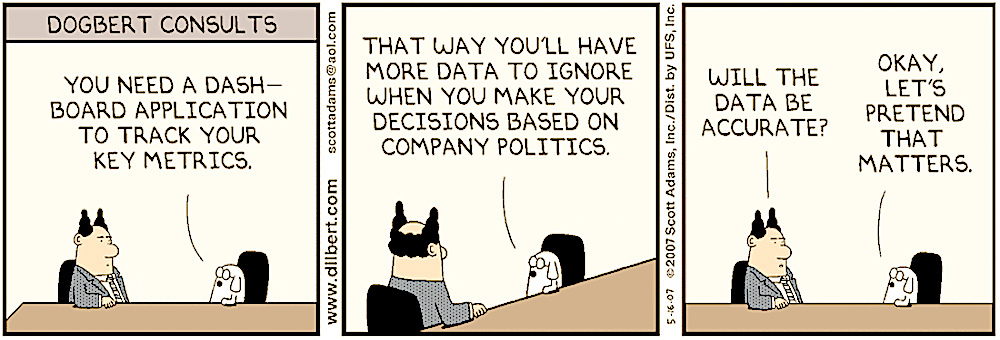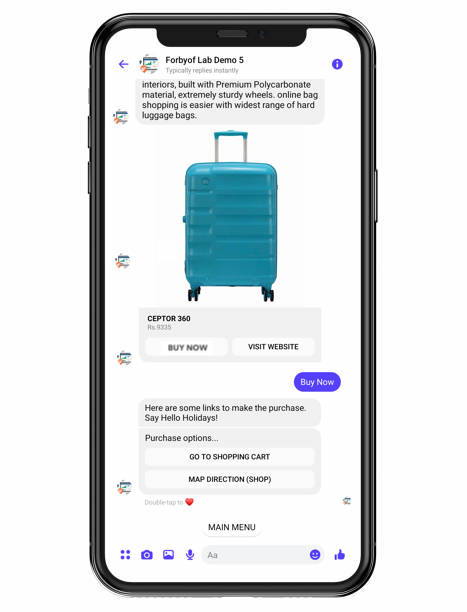Automation of Product Discovery
Why you should enable your target audience to discover your offerings on their own!
We’ve all done window shopping. We’ve also entered brick and mortar stores to explore what’s on offer. Sometimes we know what we want, and a few other times we let ourselves become a child in a theme park. When we lose track of time discovering the products on the shelves, the shopping experience is fulfilling.
Sometimes, the experience is not so good. I’ve gotten annoyed when there’s no staff who was free to help me when I knew what I wanted but couldn’t find it. I’ve also felt frustrated when the staff hounds me into checking out something they want to sell (to reach their daily, weekly or monthly targets).
It’s not always possible to get the balance right - be it the optimum count of sales staff on the floor or the training & instinct the staff possess & exhibit when dealing with potential customers.
Now let’s visualize how these scenarios unfold in the digital realm - your shopping website. Your landing page could have best selling products as well as new arrivals on display. You’ve spent on the design template, product photoshoots, catalogs, copywriting, etc. You’ve also spent time, effort and money on SEO, Marketing Campaigns and Digital Advertising to get you the best Impressions & Click Through rates (CTR).
Thereon, it’s all about sales conversion.
Some key metrics now!

How many of these visitors become your customers? And are they buying enough and often enough, for an optimum CLV? Or, are your visitors dropping out of your website more than the industry norm? How can you improve your Website Conversion Rate? It’s the percentage of website visitors that take one or more desired actions on your site. The action could be downloading an ebook, subscribing to a course, signing up for a trial, completing a purchase, booking a demo, asking for a quote, or something else. And what’s your Cost Per Conversion (CPC) - the amount you essentially pay to turn a visitor into a buyer? It helps you determine the true return on investment.
If these sound complicated and cumbersome to measure, track, or put a strategy in place, you can look at getting the business outcomes by understanding the visitor psychology.
This is where a self help based product discovery flow comes into focus. By automating this among others (like campaign funnel and post-sale support workflows), businesses have saved millions of dollars, and have freed up their thought leadership bandwidth, to strategize growth instead of operations.
An example!
If we take ecommerce websites, a simple chat automation with our conversation template for Lead Generation helps achieve a lot of these metrics related targets.
Let’s slow it down to look at what it takes:
- Setting up a Chat functionality
- Automating the chat conversations
- Using a conversation template
- Tailoring the Lead Generation template for your business
#1 Setting up a Chat functionality
Chat windows of an ecommerce website are synonymous with the sales staff in a brick and mortar store - only there is a window for each visitor, unlike an understaffed store. And with the right conversation template and customisation, there’s no chance of the visitor getting hounded for a sale (like the sales staff do). It delivers quite a savvy, smooth and sophisticated experience for the visitors.
But who is going to respond to the visitors?

#2 Automating the chat conversations
When your visitors start a chat conversation, they’re usually responded to, by the virtual sales agents. Some firms execute this operation in-house by hiring/training agents and investing in helpdesk softwares, while others outsource this task to a call center or a helpdesk support center.
Depending on the season, day of the week, time of the day, etc. the agents could be under or over staffed. This again leads to the scenario we discussed earlier, where your visitors may want something and don't have a way to find it. That’s a quick way to lose them to your competitors.
Having the responses automated solves all of these problems and some more. You could even cross-sell and up-sell without coming across as being pushy. And you don’t have to pay for the staff wages or worry about their shifts. Automation works 24x7, sometimes for less than $50/month.
But isn’t automation complicated? Isn’t there a learning curve? What about the Time to Go-Live? Can anyone sign-up, get started, and see automation in action within a day? How about 30 minutes to Go-Live?
#3 Conversation Templates
Depending on the context our conversation templates are structured differently.
If it’s a chat triggered by the click-through action of a lead on your marketing campaign or digital advertisement, you’ll need a Campaign Funnel template that exhibits the advertised product (with features, images, videos and in-conversation CTA buttons like BUY NOW) while also gently leading them into a discovery flow to suggest other products.
And there are Product Registration templates to onboard a new customer, Survey templates to gauge the sentiment of your target audience towards a new product you plan to launch soon, and even a Customer Support template to handle post-sale support related conversations.
If it’s a chat initiated by an organic visitor, what’s needed is a Lead Generation based template that enables discovery and qualifies leads.

#4 Lead Generation Template
When visitors land on your website either organically or through Backlinks & Search Engine results, their intent is clear - to check out what’s on offer and to find a product fitment for their need.
Usher them into learning about your products or services by enabling discovery. Our Lead Generation Templates help you do precisely that.
With the Lead Generation template, you’ll also have options to capture their PII (personally identifiable information like name, mobile number, email address, etc.) as well as their preferences (like one product feature over another). And voilà, you have qualified your leads just like that.
With “Call To Action” (CTA) buttons like “BUY NOW” or “GET MAP DIRECTIONS” you can reach your sales conversion target very quickly.
Here's a video that demonstrates how an automated product registration flow could look like.
Conclusion
Chat Automation with a Conversation Template based on Lead Generation flow delivers higher Website Conversion, lower dropouts, less Cost Per Conversion and more Customer Lifetime Value - simply by deploying automated Product Discovery & Lead Qualification. Sales Conversion rate can be bumped up 2-10x easily.

With API calls to any CRM or ERP software you may be running (like SAP, Salesforce or Hubspot), your marketing & sales teams can be on top of the leads data in real time, while also being able to view the chat transcripts of each completed conversation inside your account with The Right Hand Men.
Share this article: